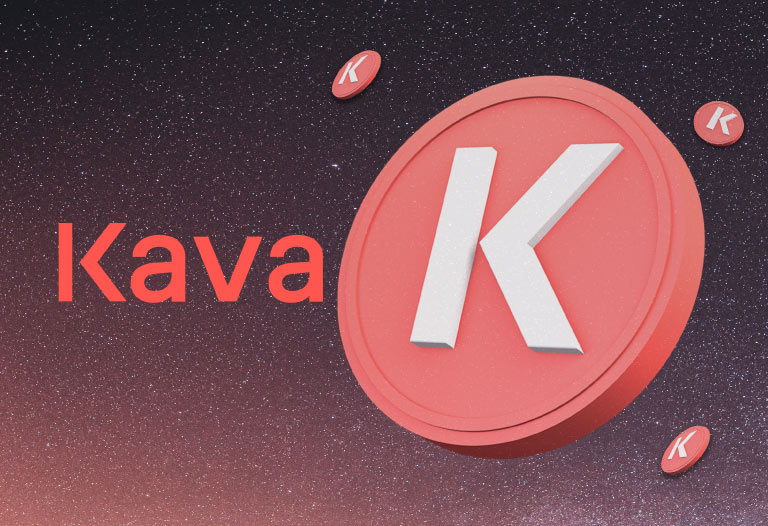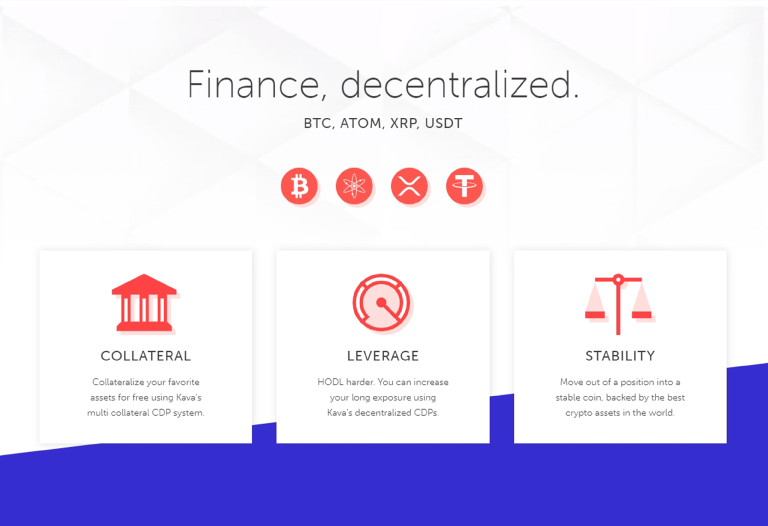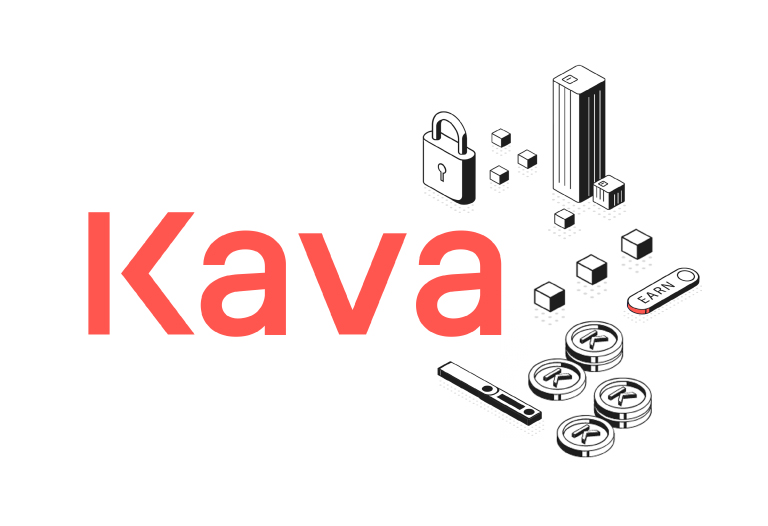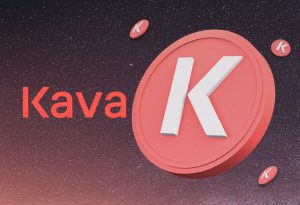
Table of Contents
ToggleDeFi, or decentralized finance, is a very broad ecosystem and there are thousands of solutions and applications. We can find from stablecoins to decentralized exchanges that work with Automated Market Makers.
This time we are going to talk about Kava, a blockchain designed specifically for DeFi applications.
What is Kava?
Kava is a blockchain PoS (Proof of Stake) developed using the Cosmos SDK (Software Development Kit) framework. Next we will see what this framework is all about. For now, you just need to know that the focus of the Kava blockchain is DeFi.
Kava’s most relevant application is Kava Protocol, a stablecoin lending platform. Kava Protocol’s stablecoin is called USDX (it maintains parity with the US dollar) and is backed by different cryptocurrencies that have been tokenized on Kava.
This allows users of some cryptocurrency to use it in Kava (in its tokenized version) to borrow, or issue, USDX. The money used to back a loan is called collateral. In the case of Kava Protocol, up to 67% of the value of the collateral can be borrowed.

Benefits of Kava Protocol
- Leverage: Borrowers (those who borrow) can exchange USDX for more cryptocurrency collateral. By doing this the borrower is creating a leveraged position. With this type of position one becomes more exposed to the price of an asset, that is, profits increase, but so do losses. For example, if Bitcoin drops 50% and you were leveraged x2, you will lose 100%. These operations with more risk and potential profit are widely used by traders.
- Interest on stablecoin: USDX holders earn 4.5% per annum from borrowers.
- Rewards in KAVA: The first borrowers will receive interest in KAVA, the governance currency of Kava Protocol.
- Payments in stable currencies: USDX can be used as a currency for payments.

Cosmos Paradigm
Cosmos SDK is a framework for building PoS blockchains like Cosmos Hub or Proof of Authority blockchains. But its development paradigm is completely different from blockchains like Ethereum.
In Ethereum we have a Virtual Machine (EVM) that provides a programming language for smart contracts and decentralized applications. It is a general purpose blockchain.
However, the Cosmos paradigm consists of creating blockchains designed for a specific application. Instead of creating applications on a general purpose blockchain, a blockchain is created for each application.
This is why Cosmos SDK works with modules, which can be added to the blockchain to add functionality (like a Minecraft plug-in or mod). Also an important focus, not only of Cosmos, but of next-generation blockchains, is interoperability.
Kava Modules
The modules used by the Kava blockchain to provide DeFi functionality are:
- Collateralized Debt Position (CDP) module, the lay block of loans.
- Auction Module, to guarantee the stability of the currency. These auctions are used, for example, to liquidate positions in case the value of the collateral falls sharply.
- Pricefeed module to access from the blockchain to cryptocurrency prices, provided by Chainlink oracles. Thanks to this, the blockchain can calculate the price of the collateral at any given moment.
- BEP3 module, to enable cryptocurrency swaps between the Kava blockchain and other blockchains.
- Incentive Module, which determines the amount of rewards (in KAVA) that borrowers will receive.
Hard Protocol
In addition to Kava Protocol, there is Hard Protocol, another financial product that allows you to make loans with different cryptocurrencies (and earn profitability by doing so).
In the same way that in Kava Protocol we used KAVA as a governance token and to incentivize users, in Hard Protocol we use HARD.
Kava problems
One of the problems with Kava, or rather USDX, is that this type of stablecoins are not really stable. In the specific case of USDX, it has reached a price of 0.62 dollars, compared to the dollar it should be worth.
In addition, when using tokenized cryptocurrencies in another blockchain, we have a totally different security model. First, because we are making use of another blockchain less proven and with a lower security budget (lower reward to miners or validators).
Second, because the tokenized asset requires trust in third parties. It is therefore a kind of debt and is subject to risks of non-payment and bugs in the code.
Finally, it is unattractive to use Kava for DeFi when there are already platforms and escosystems like Ethereum with much larger network effects. In fact these types of networks already have many tokenized assets such as Bitcoin. In my opinion, it does not seem that Kava has a competitive advantage in DeFi over other networks, quite the opposite.






